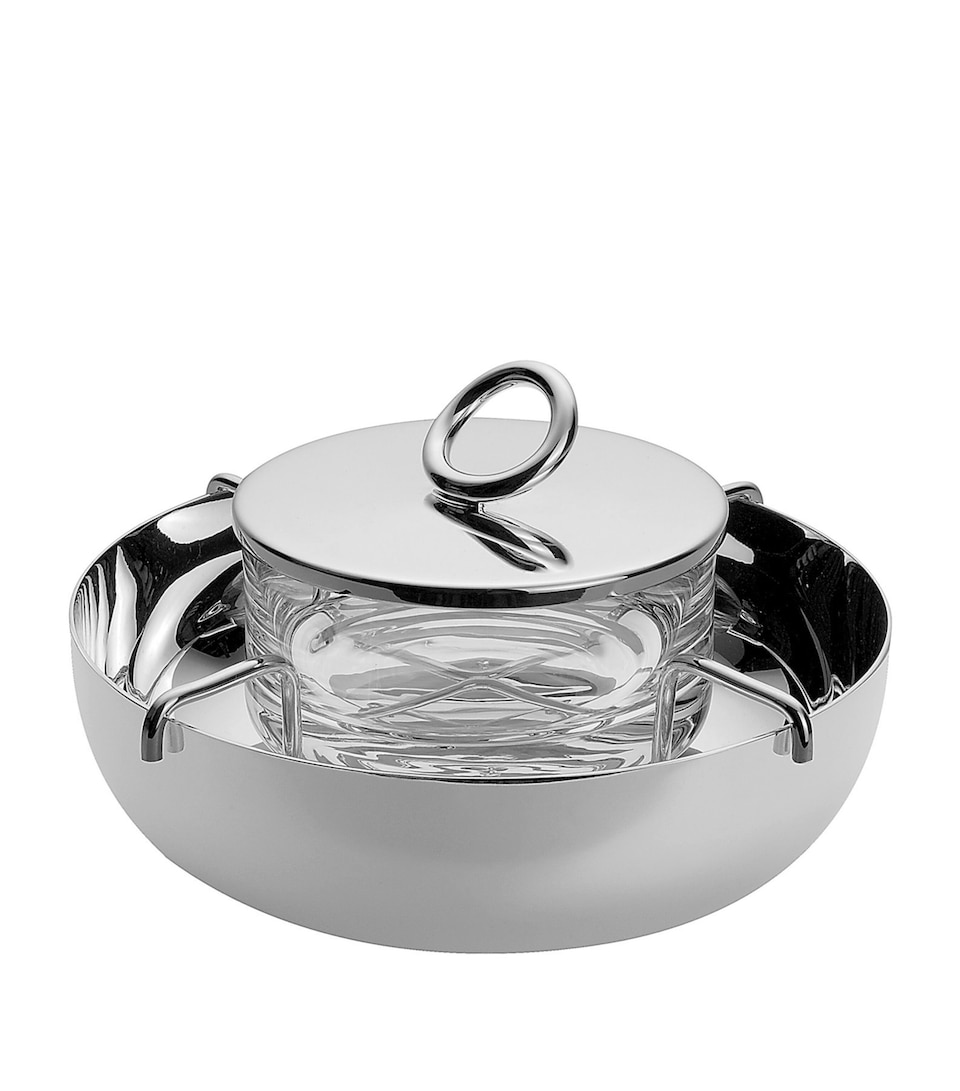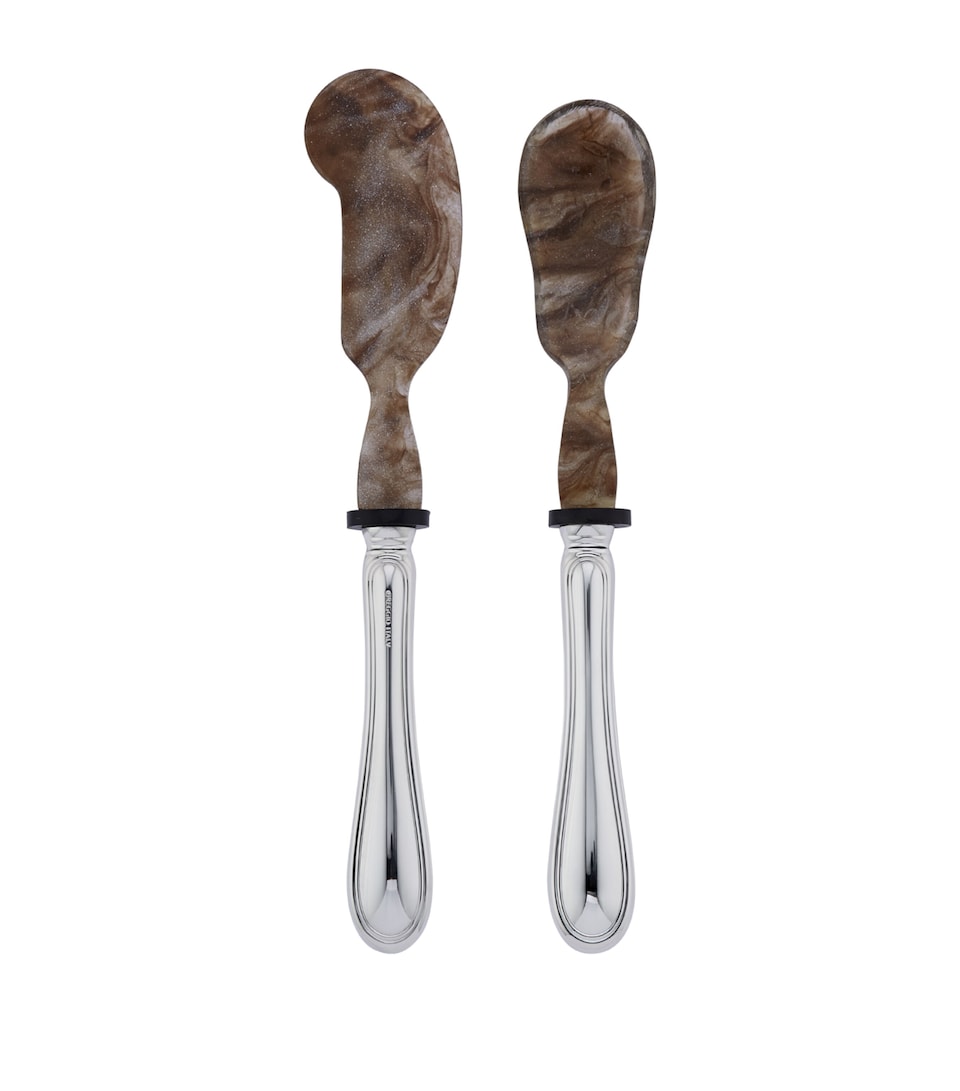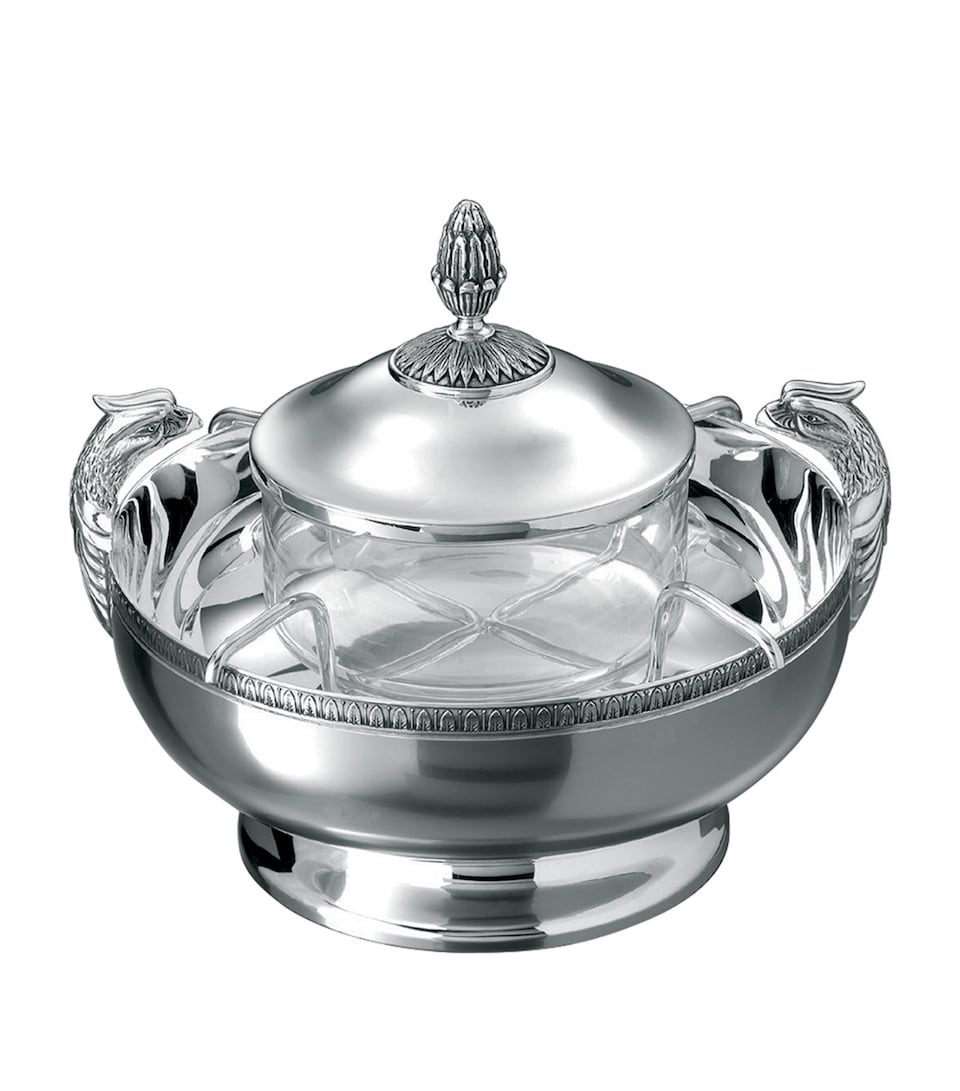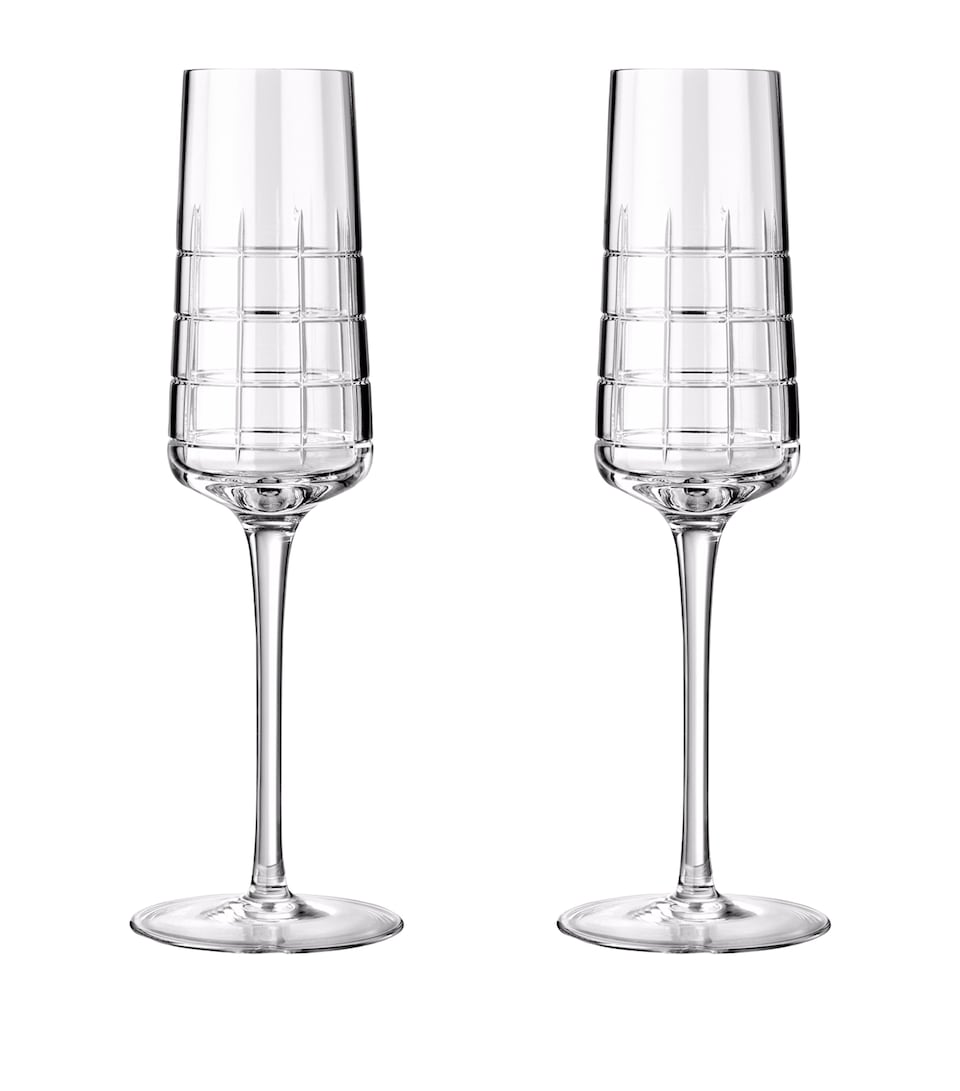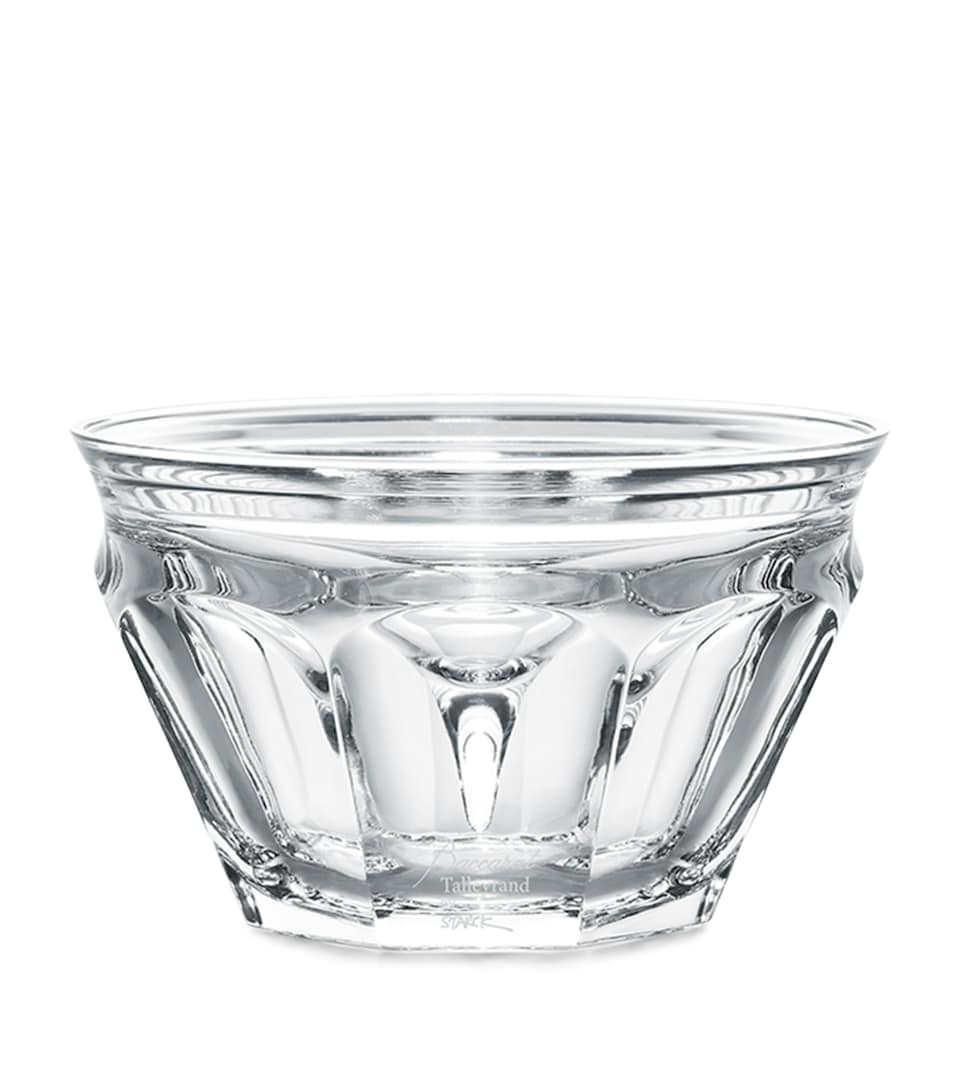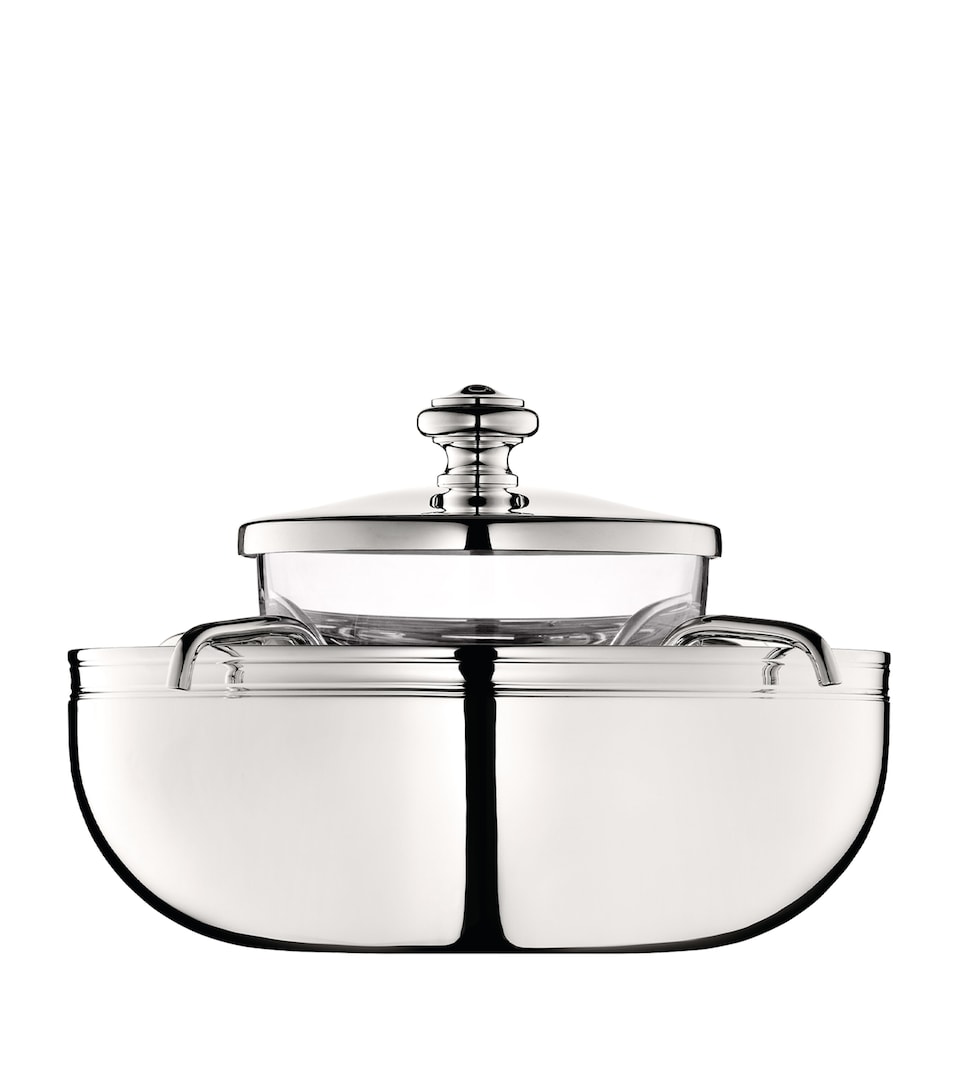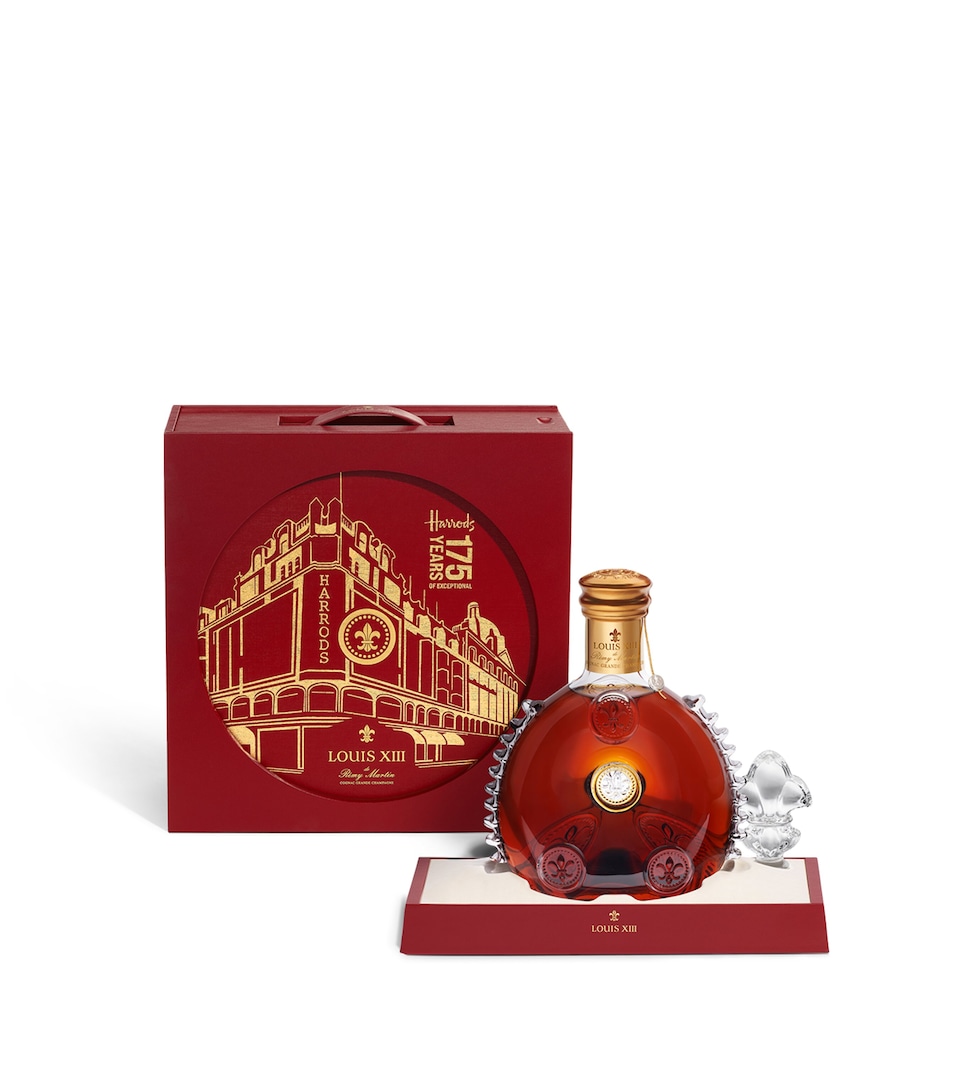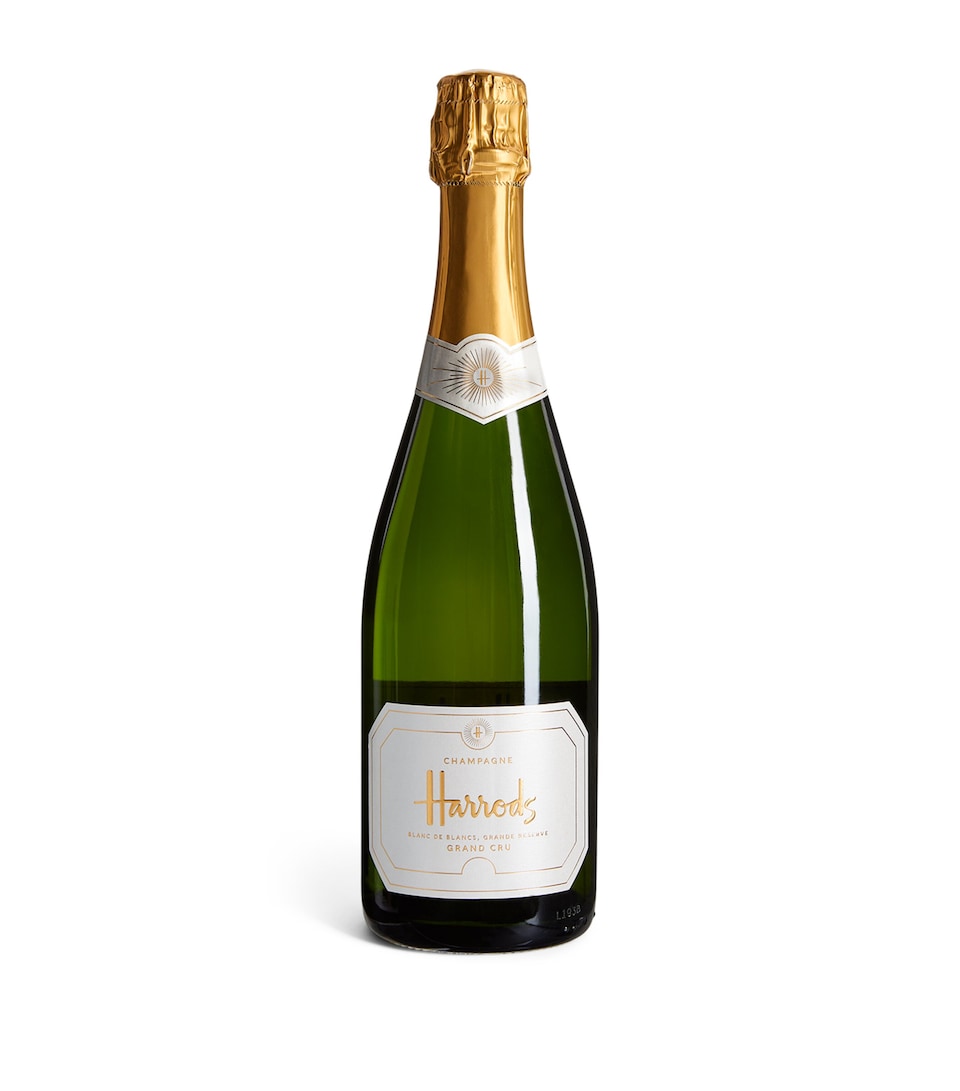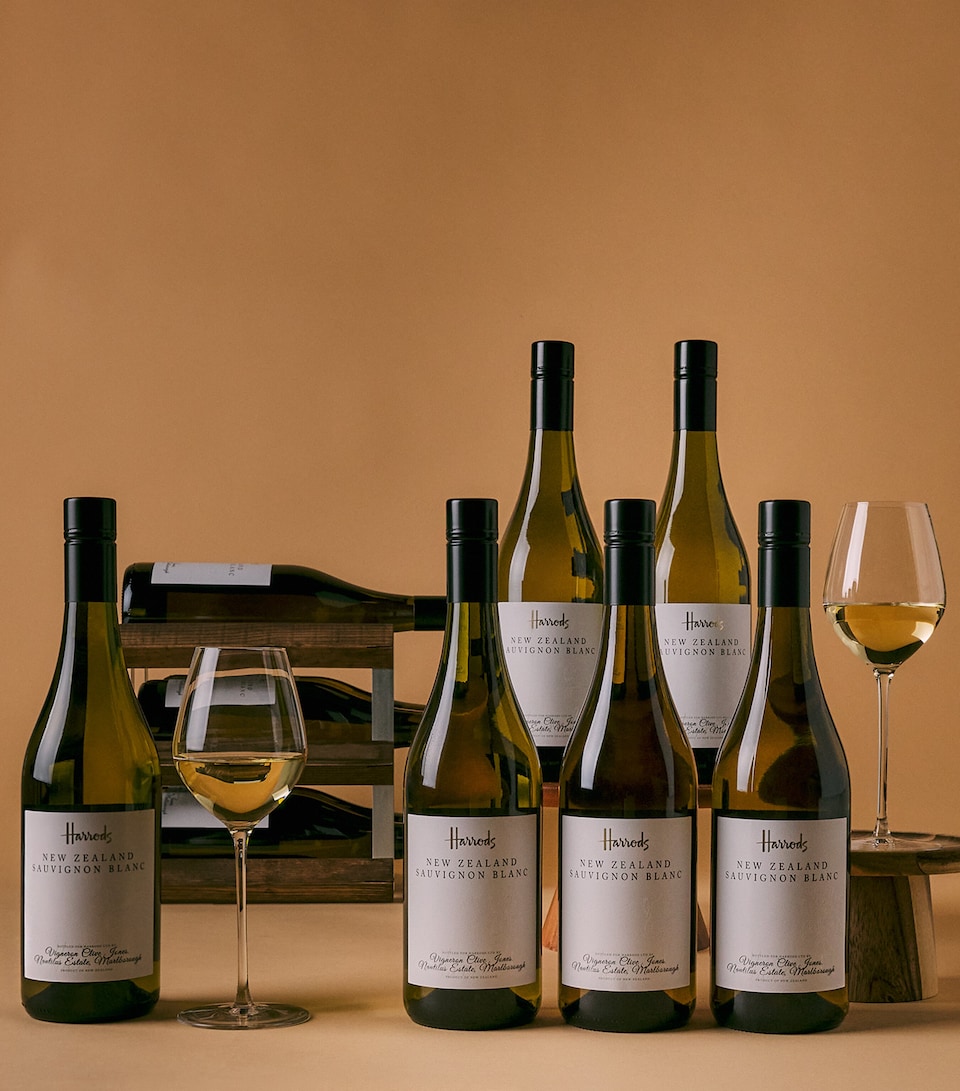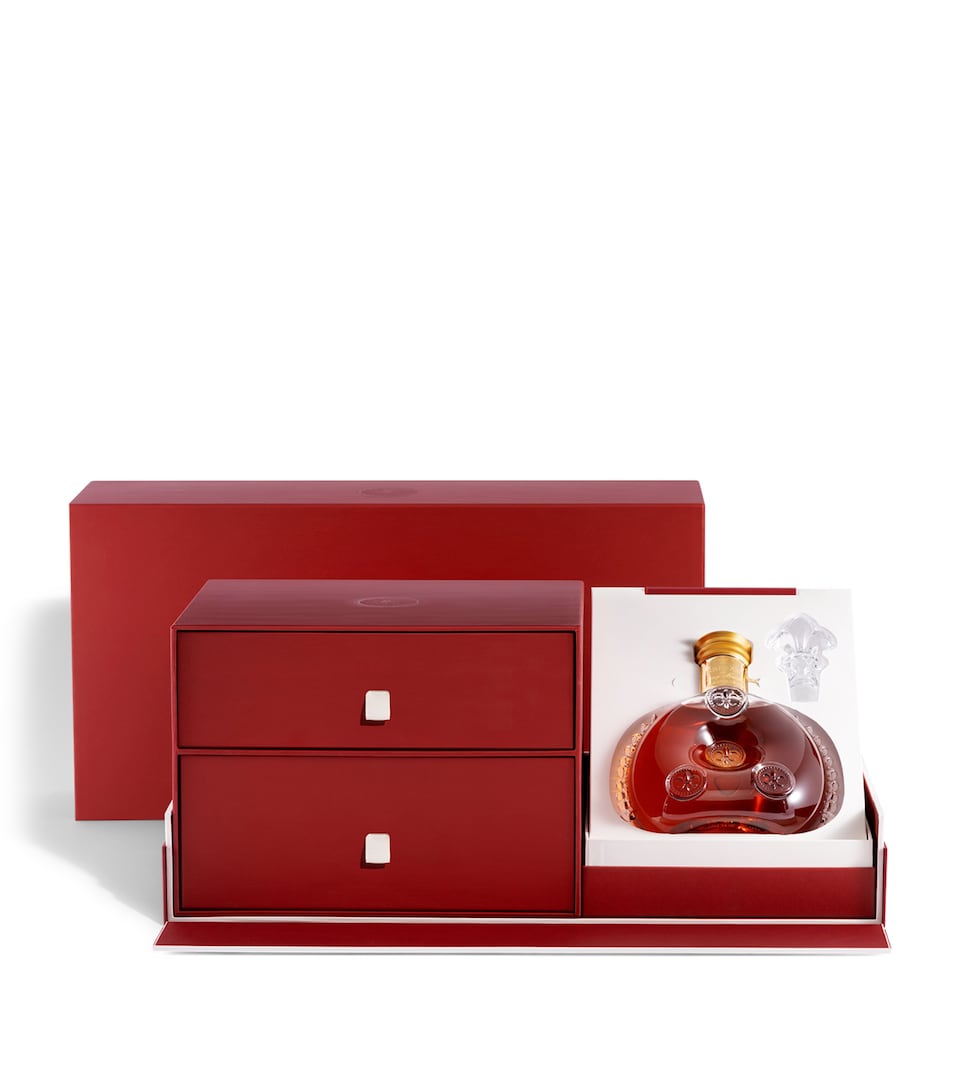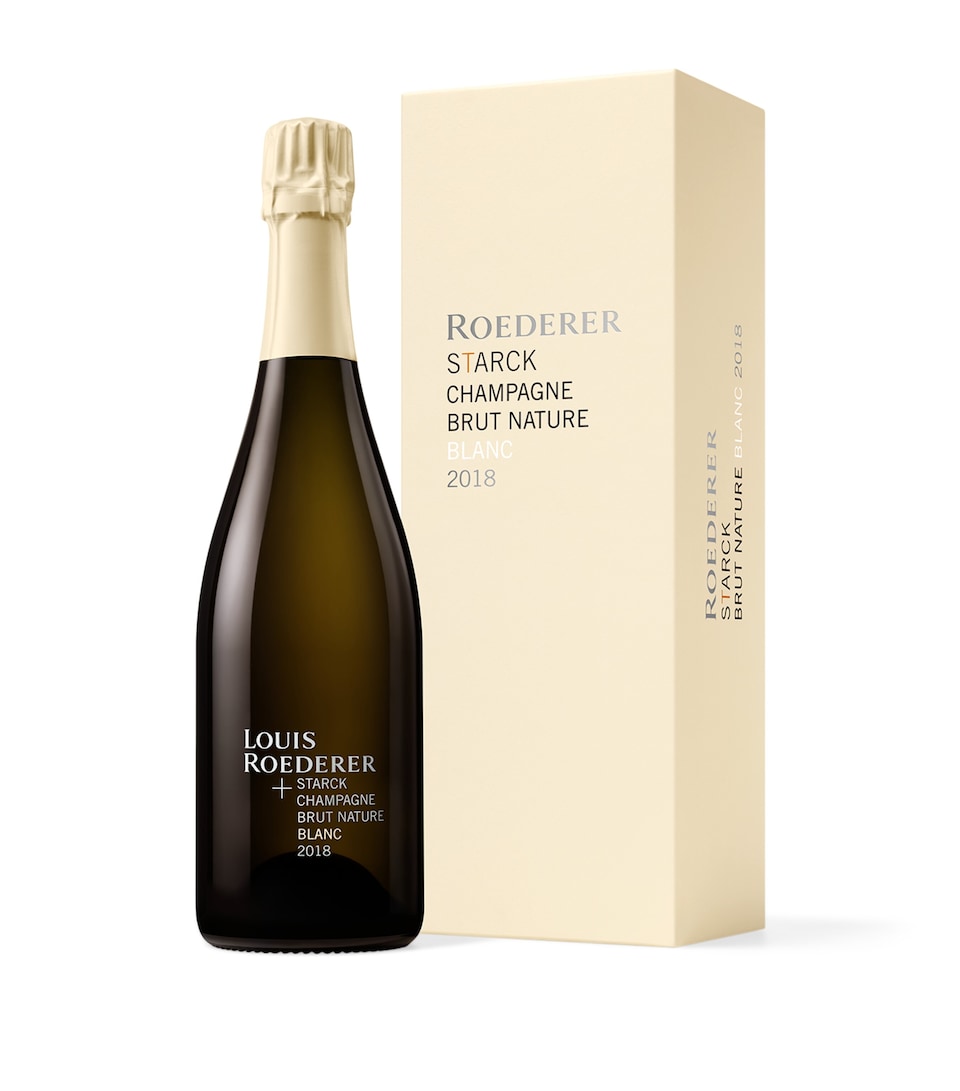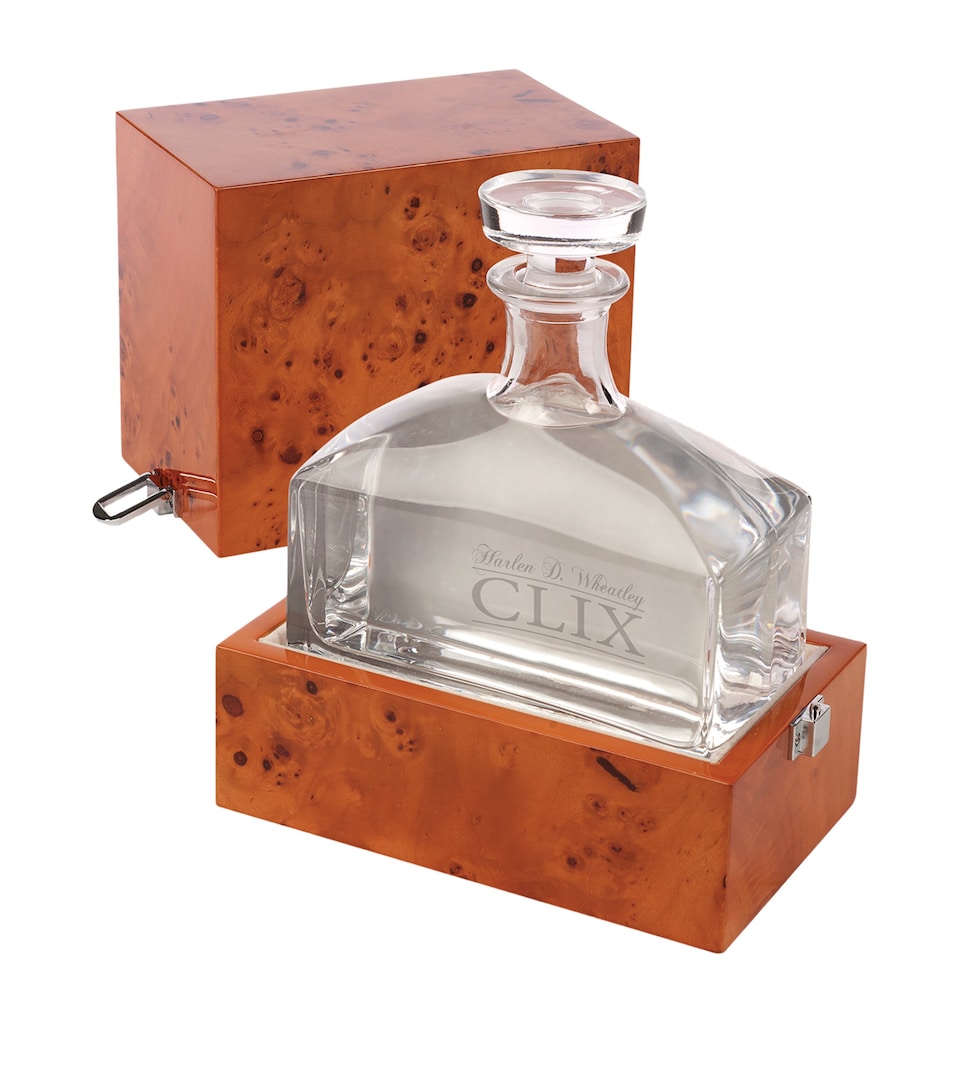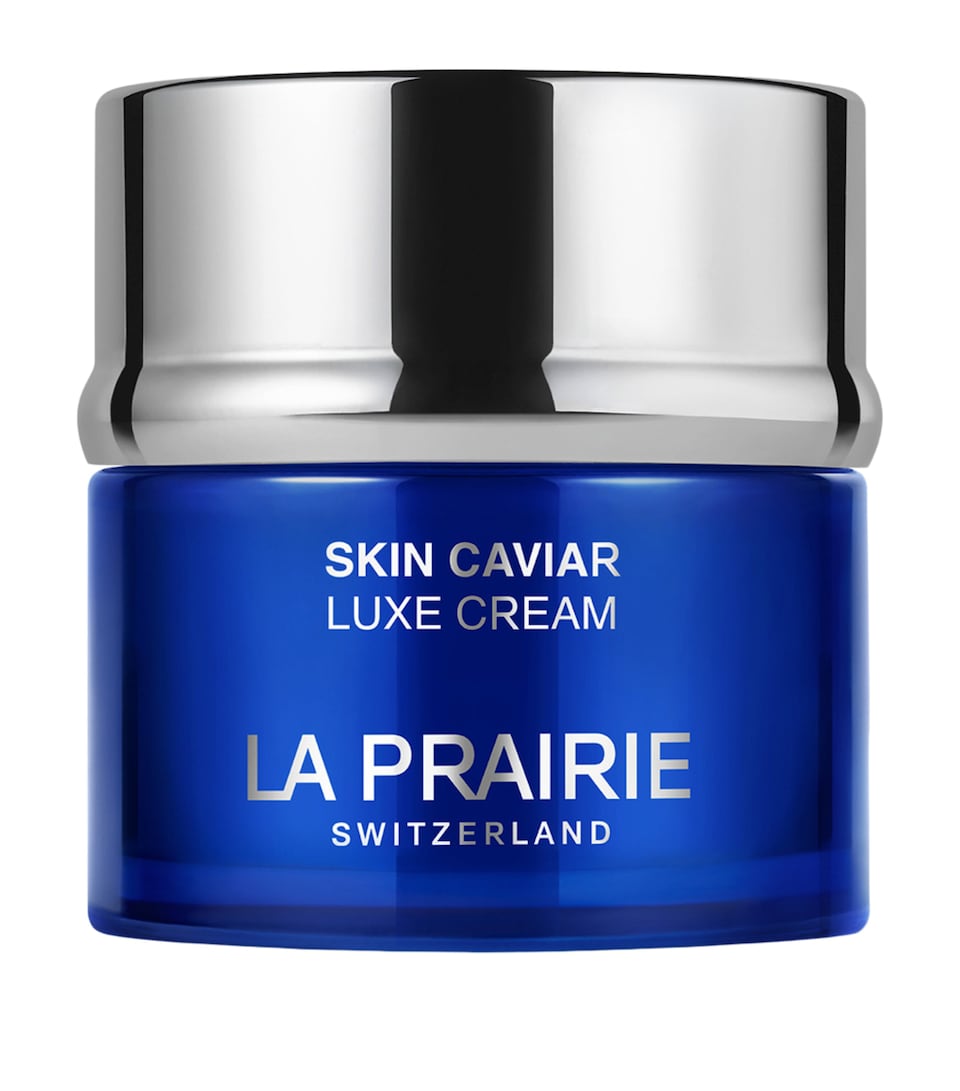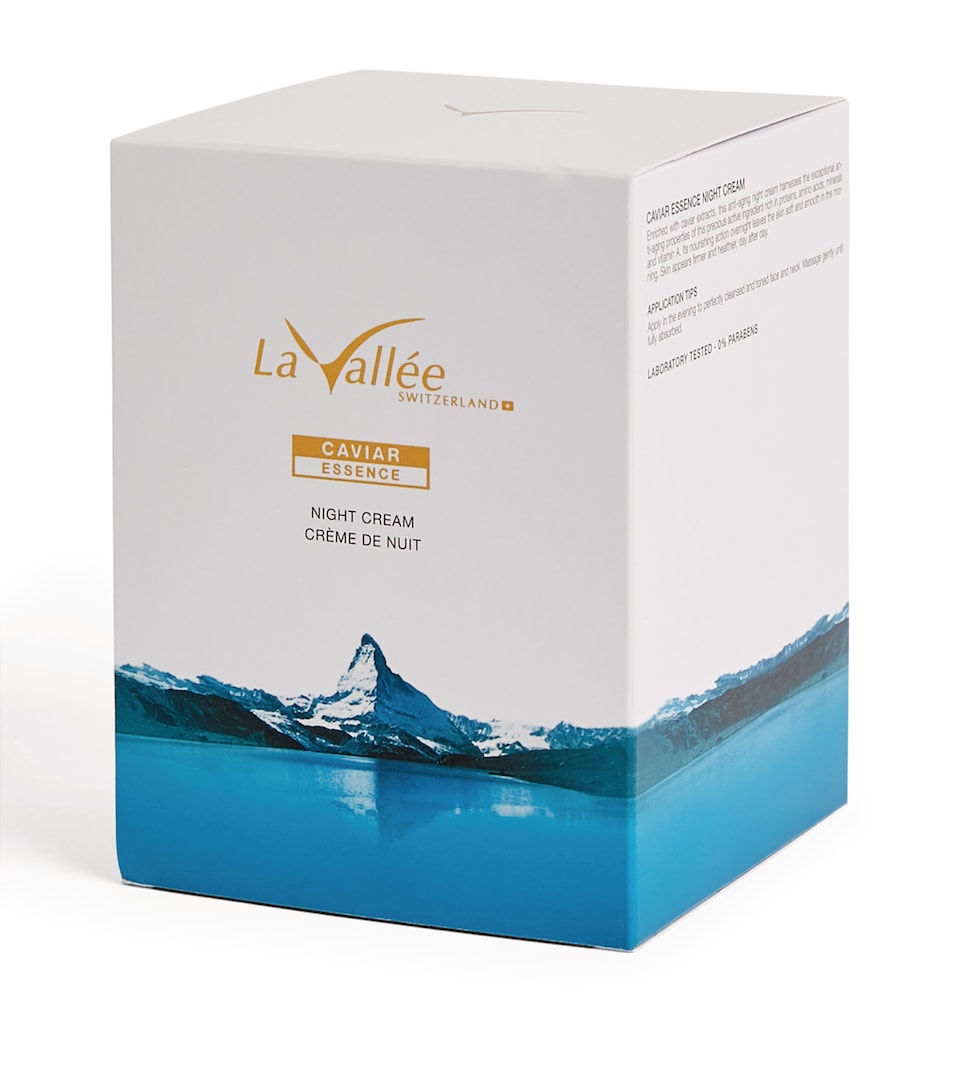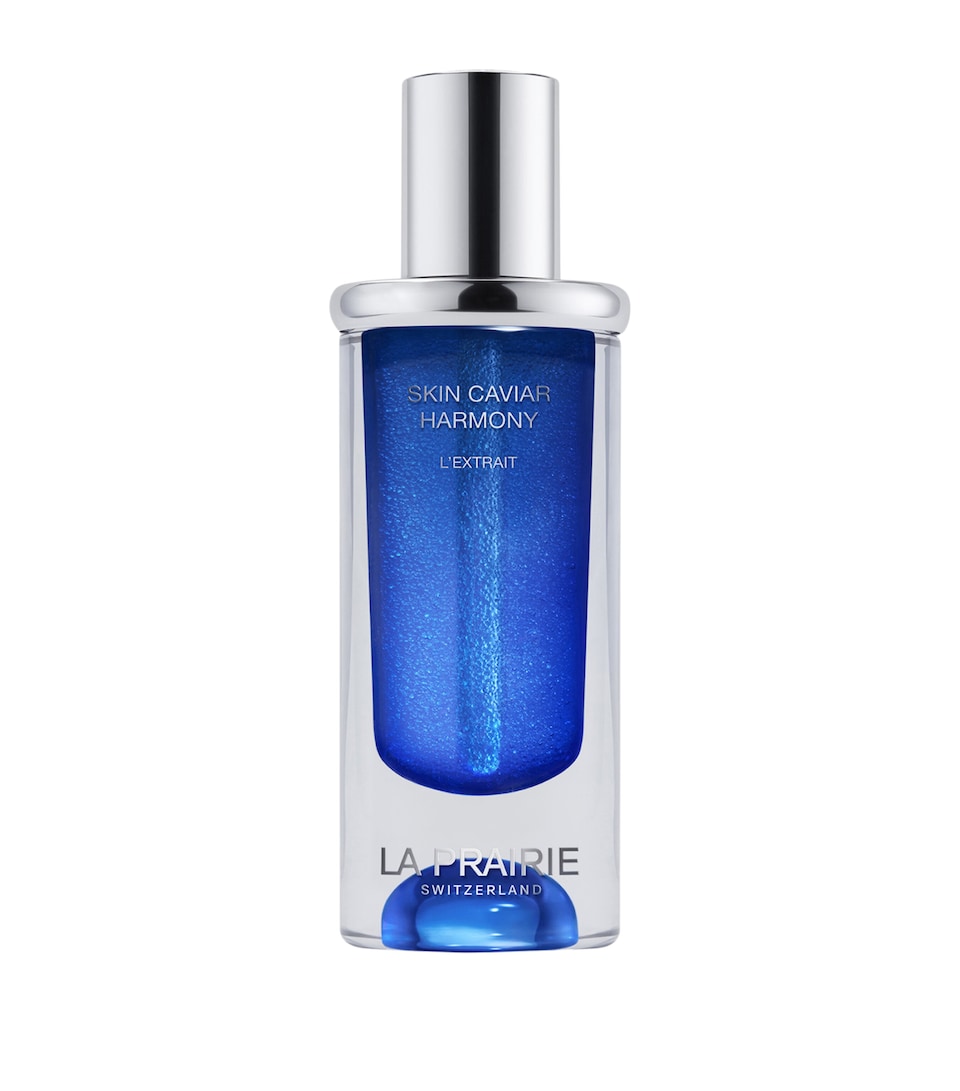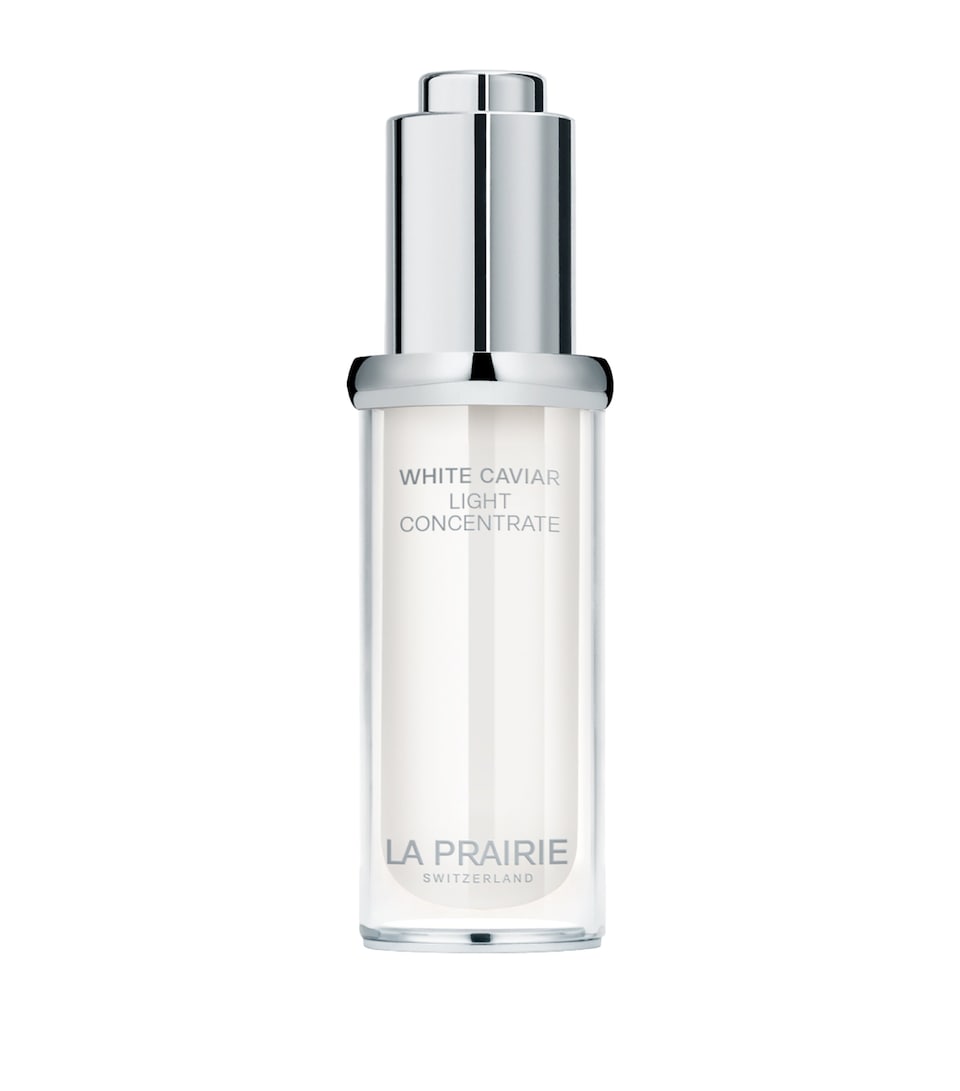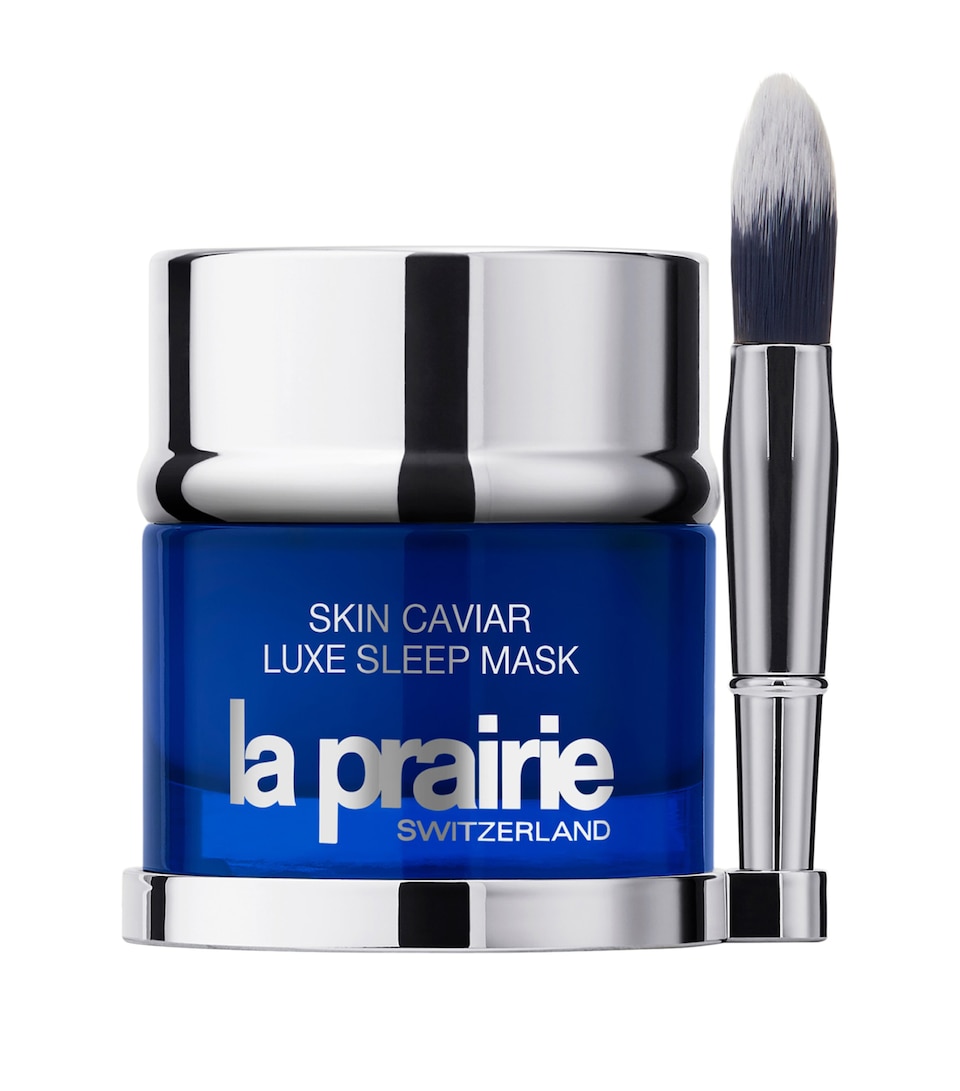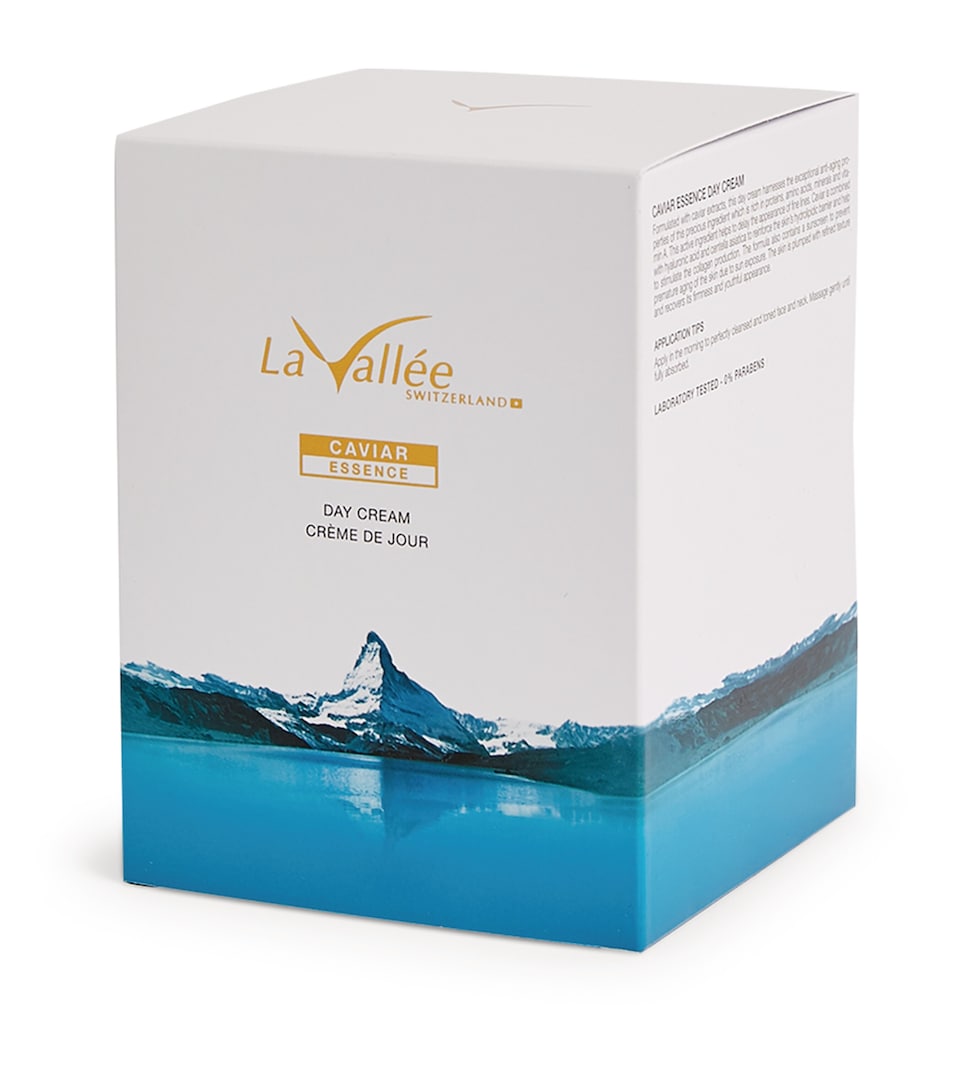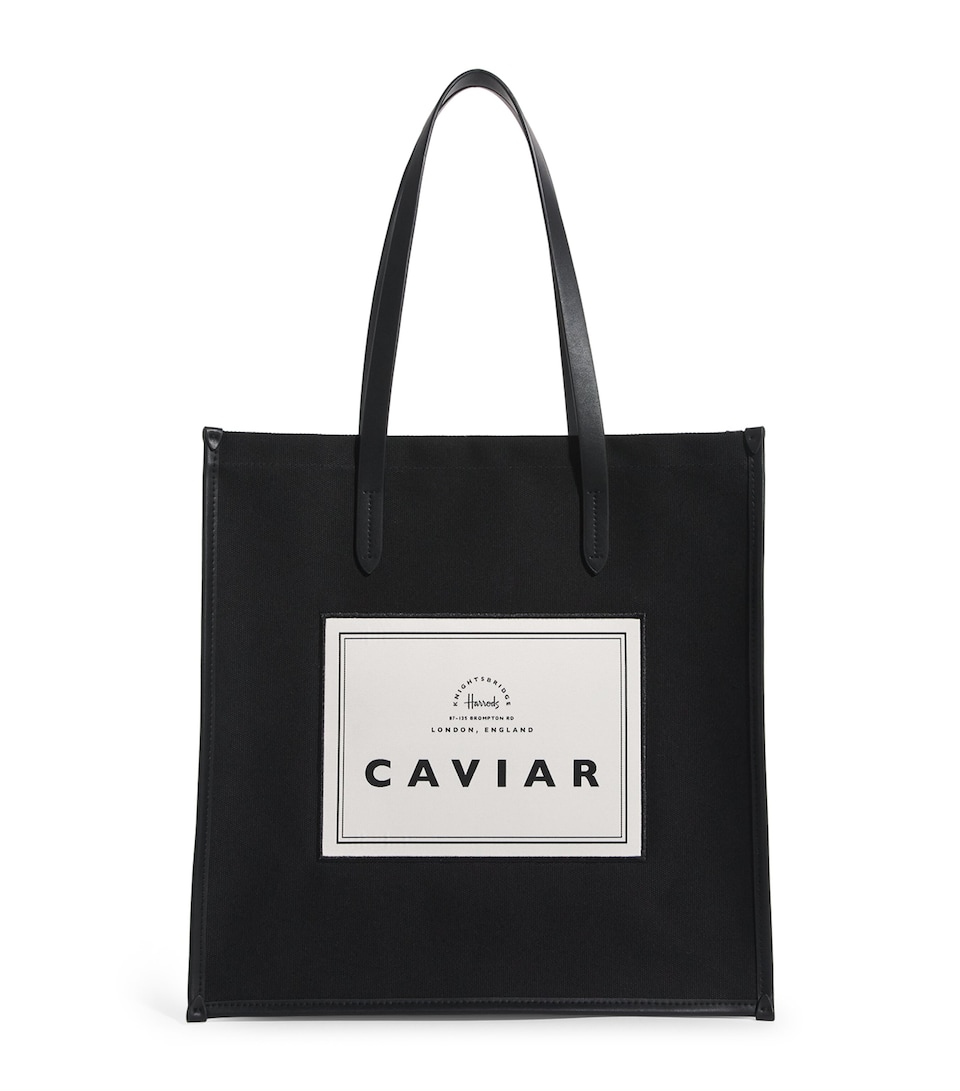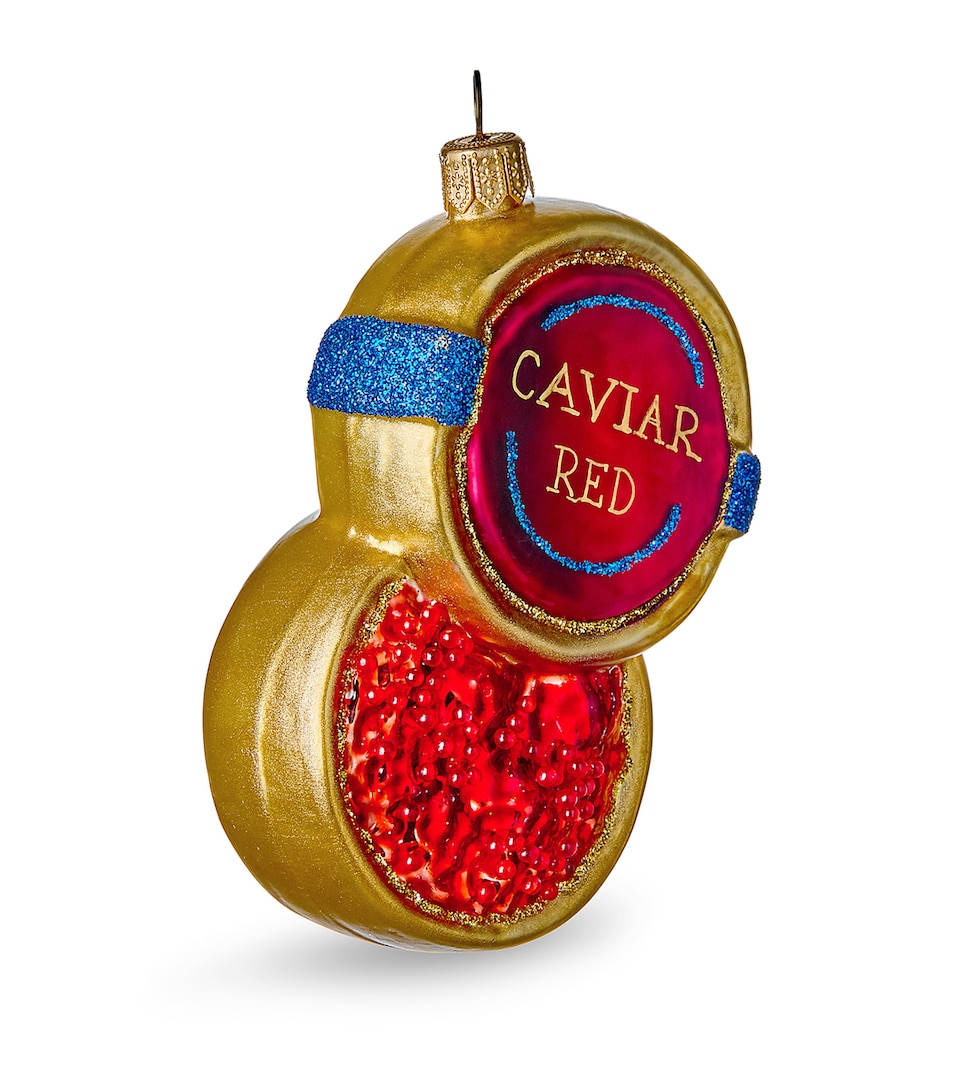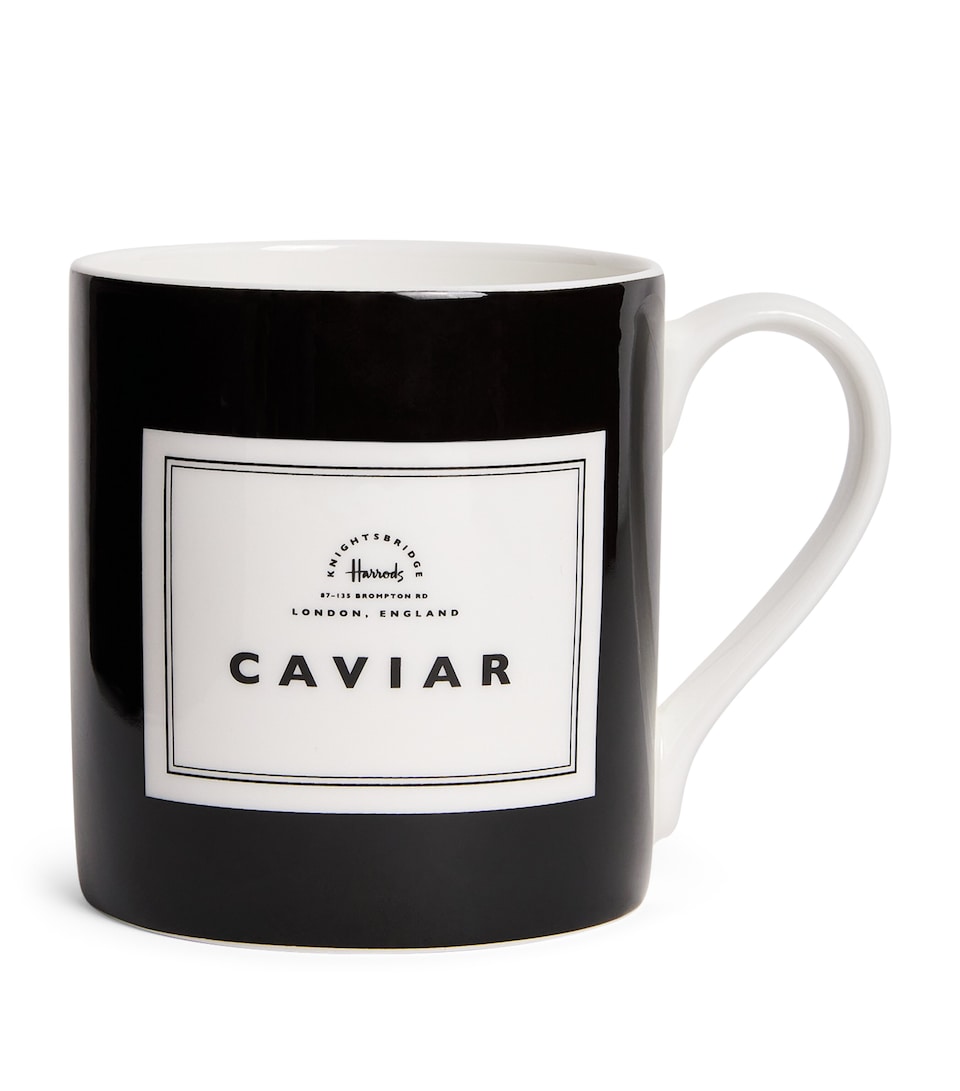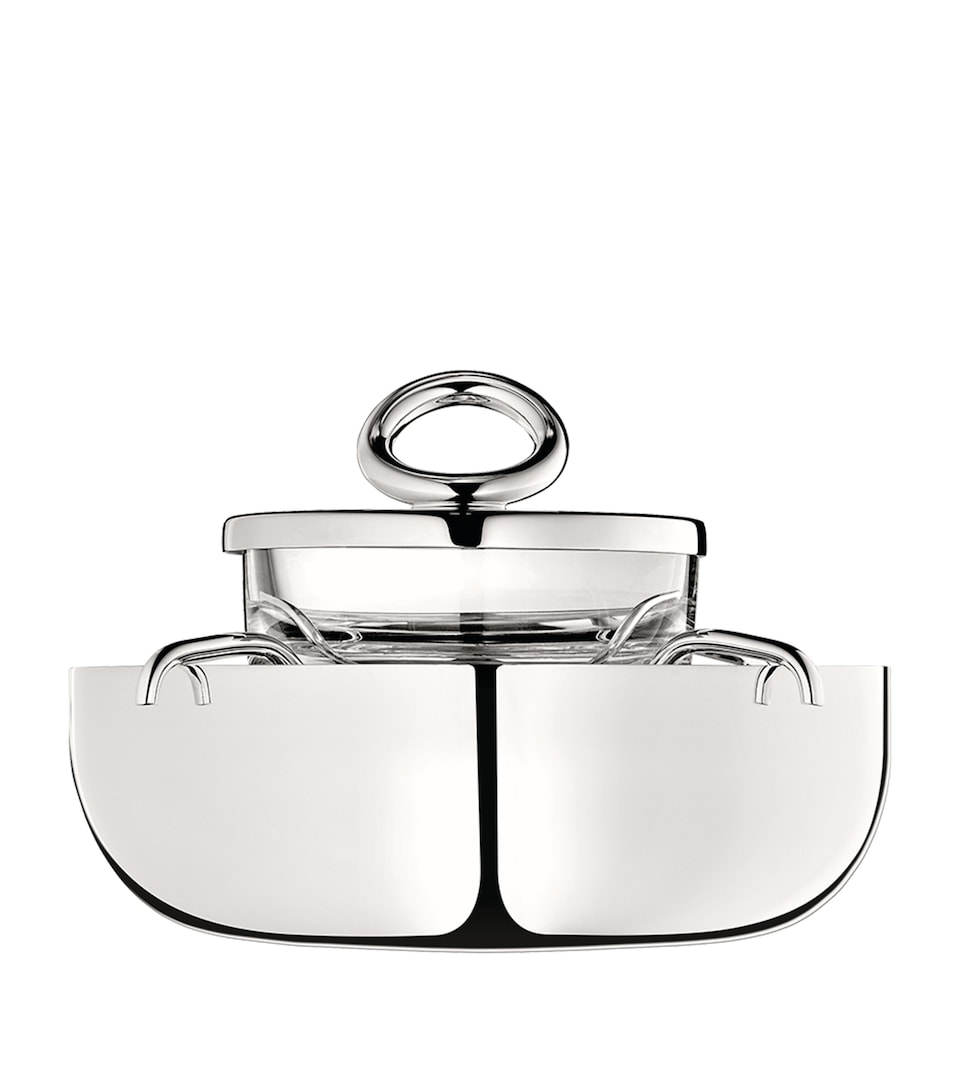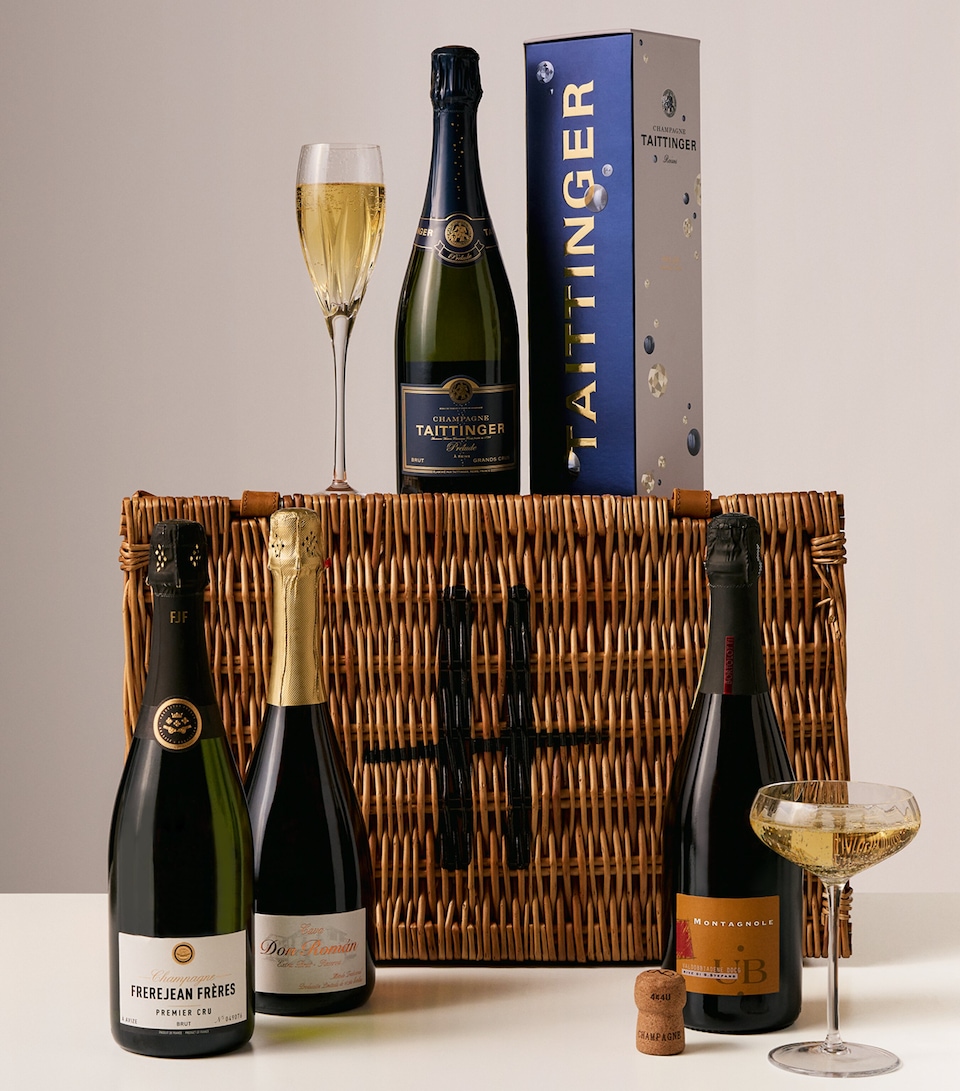
Everything You Need to Know About Caviar This Christmas
Words by Bridie Newman
You needn’t be a connoisseur to enjoy caviar. Though the gourmet food is undeniably decadent and rare by nature, it’s simply a type of salted fish roe from the sturgeon of the Acipenseridae family. And while purists prefer to savour said roe au naturel, there are countless ways to serve Harrods caviar, from spooned onto scrambled egg for a decadent Christmas breakfast, to as an accoutrement for white chocolate (trust us).
The flavour of caviar varies widely depending on the species of sturgeon, harvest region and treatment of the eggs, offering everything from briny and sweet notes to rich, nutty undertones. But one thing unifies premium caviar: the unmistakable mouthfeel. Rolled on the roof of the mouth, each shimmering sphere should ‘pop’, releasing its delicate flavour.
While there isn’t a peak season for caviar, per se, the festive season does invite a certain level of indulgence. Caviar tasting quartet and Champagne, anyone? Read on for our expert guide, created in consultation with the Harrods caviar buyers, on the types of caviar to try at Harrods; how to store, serve and eat it; and what to pair it with throughout the Christmas food season and beyond.
Types of Caviar

Beluga Caviar
Famed as ‘the king of caviars’, our Beluga is the kind of tin you bring out at Christmas to impress your guests. It’s harvested from the Huso huso sturgeon, which, farmed in China, takes 12 years to come to maturity, resulting in a rich, buttery flavour with creamy notes of walnuts and hints of sea salt.
Shop Now

Imperial Caviar
From a hybrid species of the Acipenser schrenckii and Huso dauricus sturgeons, our Imperial caviar from China is characterised by its distinct almond cream flavour with undertones of black trumpet mushroom. The eggs come from fish aged between eight and 10 years old, with a hue that ranges from golden to walnut brown and olive green.

Oscietra Caviar
Farmed in Belgium, our Oscietra variety comes from the nine to 10-year-old Acipenser gueldenstaedtii species. It has a unique earthy flavour that ranges from briny and mineral to buttery and sweet, with a salty aftertaste.
Shop Now

Golden Oscietra Caviar
A rare form of Oscietra, the Golden Oscietra is favoured by connoisseurs for its rich mineral flavour and creamy yeast-like finish. Matured to between nine and 10 years, the Acipenser guldenstaedtii species from China produces eggs that are – as the name suggests – golden in colour.
Shop Now
How to Store, Serve and Eat Caviar
It’s important to store caviar in the coldest part of the fridge (usually at the bottom or the back, where it won’t be subject to temperature changes) to maintain freshness. Serve the tin on ice when you eat it, and use a mother-of-pearl spoon – metal spoons can damage the texture of the caviar and impart a metallic taste.
How best to enjoy caviar is open for debate. Many say it should be paired with neutral accoutrements like blinis or eaten straight from your hand to let the flavours sing (see the ‘bump’ craze of 2023). Others will use it in the kitchen as a sophisticated means of balancing dishes, for instance with the rich saltiness of smoked salmon or the buttery, creaminess of potato dishes.

What to Drink with Caviar
The most fitting drinks pairing for caviar is Champagne – a festive party must-have – as its acidity and gentle fizz complements the saltiness of the roe. We’d recommend our Blanc de Blancs Grand Cru Champagne – both Vintage and Non-Vintage – for a crisp, clean taste. Similarly, dry white wines like Sauvignon Blanc will pair beautifully with more delicate varieties and the minerality of Chardonnay will complement caviar's briny notes.
If you prefer spirits, chilled vodka is a popular choice for its neutral, palate-cleansing freshness. For a more decadent experience, opt for a Cognac like Louis XIII to enhance the eggs' creaminess.
Where to Find Caviar in Harrods

Restaurants
Glistening on blinis and served with a glass of fizz (we’re looking at you Moët & Chandon Champagne Bar), you’ll find caviar on the menu at many of our restaurants. Enjoy it on sushi, dim sum and dumplings at Chai Wu and Dim Sum by China Tang.
The Beauty Benefits of Caviar
Caviar extract might seem an unlikely skincare hero, but rich in vitamins, proteins and fatty acids, it has highly effective moisturising properties, making it an ideal ingredient for mature skin. Designed to lift, firm and restore the skin’s elasticity and tone, La Prairie's collection of products promotes a youthful-looking complexion.
Gifts for the Caviar Lover

